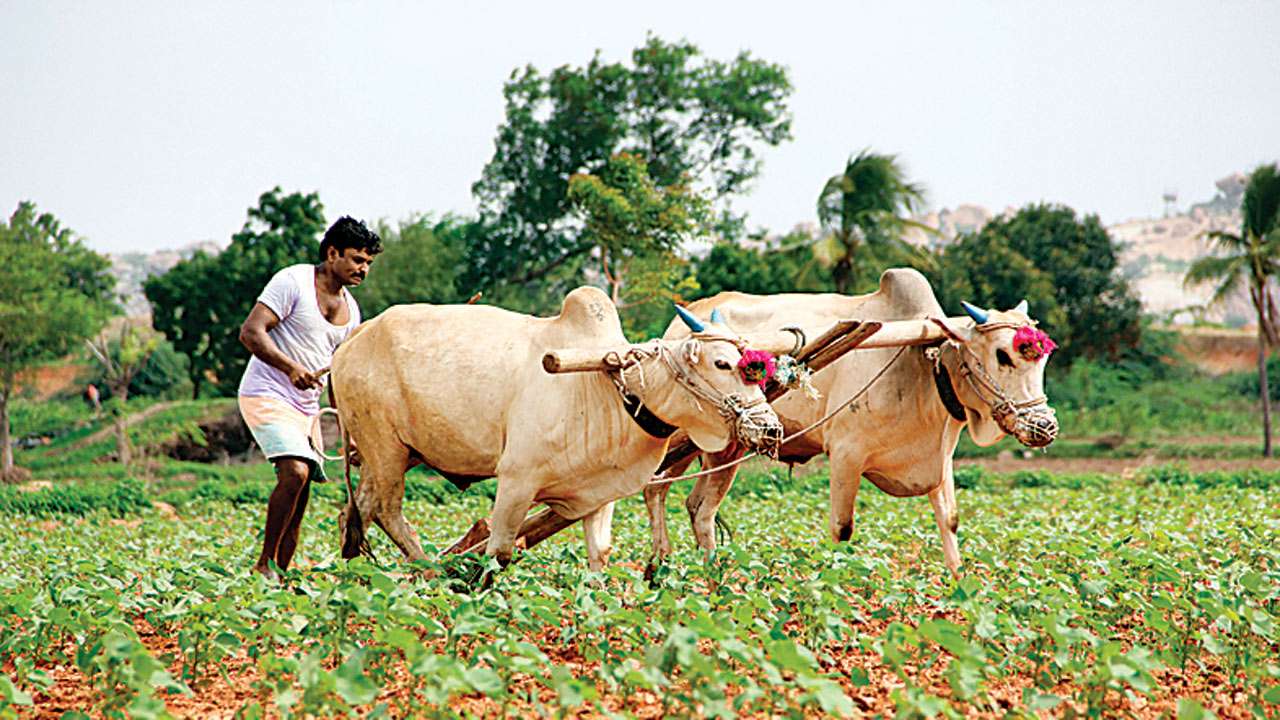
In a country of 135 crore-plus people, the livelihood of more than 50 per cent of the population depends on agriculture, which is led by more than 12 crore farmers.
Sadly, the majority of farmers in India, who have made this country self- sustainable in agriculture, are living in destitution.
Those born in the 1960s or 1970s may recall that the country was dependent on expensive food grain import to meet the massive gap between demand and supply of agricultural produce.
The credit of achieving self-sustenance shouldn’t only go to technology and high yielding variety (HYV) seeds. The contribution of farmers is equally remarkable.
With a contribution of around 16% to the country’s GDP, agriculture is the third biggest provider in the Indian economy.
According to the 2018 State of Indian Farmers report of the Centre for Study of Developing Societies (CSDS), a majority of farmers in India are dissatisfied with their profession and want a change because the future is bleak.
In the last decade, over 15,000 farmers in India have committed suicide. A recent report of the National Crime Records Bureau (NCRB) says that the number of farmer suicides has come down from 12,602 in 2015 to 11,370 in 2016. As per NCRB reports for 2014 and 2015, the main causes of farmer suicide are bankruptcy or indebtedness, farming-related issues, family problems and illnesses.
To tackle the problem at the grass roots level, the central government should set up a National Farmers and Labourers Commission all of whose members necessarily have an agricultural background.
The government should work on the suggestion given by the Swaminathan Commission Report to improve farmers’ lives. Farmers must be educated about soil, seeds, advanced irrigation methods and loan facilities. The government’s initiative to protect farmers against sharp fall in crop prices and Minimum Support Price (MSP) has remained ineffective. In the last fiscal, only 12% of the 33.6 million wheat cultivators could sell their produce in the market at or above MSP.
This pressing issue demands a practical solution and instead of just fixing MSP, farmers must have the right to decide a price for their offerings. Both buyers and sellers should be free to negotiate on prices under perfect market conditions.
As inconsistent weather and global warming are responsible for delayed and insufficient monsoon, floods and storms, farmers are getting trapped in the vicious circle of financial insecurity. The loss they incur due to natural calamities cannot be recovered through loan waivers.
So, the much-needed Crop Insurance Scheme, introduced by Prime Minister Narendra Modi in 2016, should be promoted very aggressively among all the small and marginal farmers. Typically, farmers who have not repaid their loans will not be able to avail of this insurance scheme and that is another big problem.
Canals and dams should be built on a priority basis as there is acute shortage of water in many areas. Crops need water and electricity, which are pretty expensive. There are many loan schemes for farmers, but a majority of them are unable to access them due to poor communication between government agencies and target groups. Through blocks and panchayats, the government must inform and educate farmers about new policies and programmes.
Likewise, district-wise zones should be created for trade fairs so that farmers are exposed to international visitors, who bring with them advanced agricultural technologies.
The Modi government has taken many initiatives to safeguard the interests of farmers and to augment their income so that they are able to pay off their loans.
The best among many goals is to double the income of the farmers by 2022. An ambitious goal, it will need multi-nodal focus as every aspect of farming, from seed to soil and from farm to market, has to be taken care of.
Here, the budgetary allocation for agriculture and farmer welfare has to be taken into account. Between 2009 and 2014, this allocation was Rs 1,21,082 crore and in the 2014-2019 period, it nearly doubled to Rs 2,11,694 crore.
To ensure that the farmer gets his due, steps were taken to weed out middlemen. The scheme that made it possible was the National Agriculture Market scheme (e-NAM), which integrates 585 markets across 16 states and two union territories.
The author is an advocate at Supreme Court